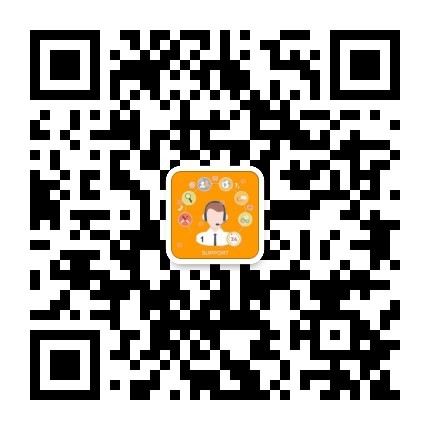- 相關(guān)推薦
英語六級考試預(yù)測試卷(1)
Model Test One 預(yù)測試卷一???

Part Ⅱ Reading Comprehension (35 minutes)
Directions: There are 4 passages in this part. Each passage is followed by some questions or unfinished statements. For each of them there are four choices marked A), B), C) and D). You should decide on the best choice and mark the corresponding letter on the Answer Sheet with a single line through the centre. ?
Passage 1
?
Questions 21 to 25 are based on the following passage:?
People do not analyze every problem they meet. Sometimes they try to remember a solution from the last time they had a similar problem. They often accept the opinions or ideas of other people. Other times they begin to act without thinking; they try to find a solution by trial and error. However, when all these methos fail, the person with a problem has to start analyzing. There are six stages in analyzing a problem.?
First the person must recognize that there is a problem. For example, Sam’s bicycle is broken, and he cannot ride it to class as he usually does. Sam must see that there is a problem with his bicycle.?
Next the thinker must define the problem. Before Sam can repair his bicycle, he must find the reason why it does not work. For instance, he must determine if the problem is with the gears, the brakes, or the frame. He must make his problem more specific.?
Now the person must look for information that will make the problem clearer and lead to possible solutions. For instance, suppose Sam decided that his bike does not work because there is something wrong with the gear wheels. At this time, he can look in his bicycle repair book
>>【英語六級考試預(yù)測試卷(1)】相關(guān)文章:
改進(jìn)GM(1,1)預(yù)測模型對我國煤炭消費(fèi)需求的預(yù)測分析04-26
GM(1,1)模型灰色預(yù)測法預(yù)測城市人口規(guī)模04-26
《物流運(yùn)輸實(shí)務(wù)》期末考試卷 (1)05-01
基于改進(jìn)的GM(1,1)模型的公路里程預(yù)測05-01
應(yīng)用灰色預(yù)測模型GM(1,1)對結(jié)核病發(fā)病率進(jìn)行預(yù)測04-29
小升初數(shù)學(xué)預(yù)測試卷及答案09-28






